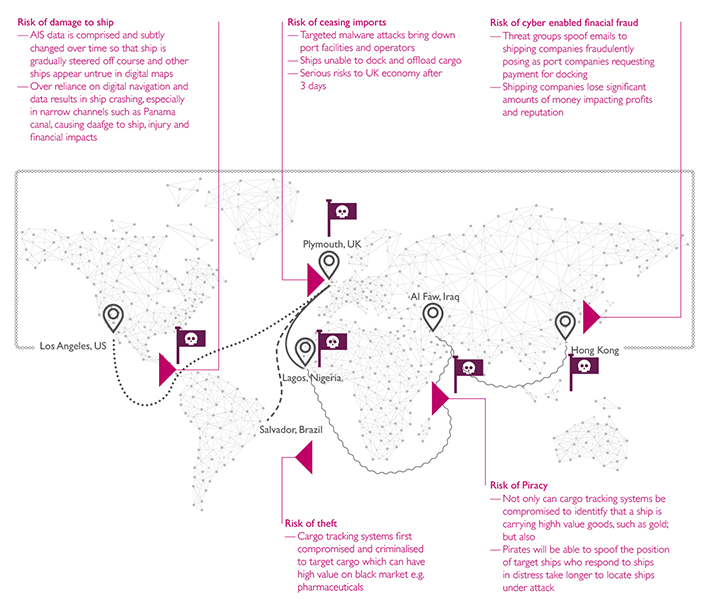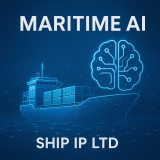Specialist insurer Beazley has created an innovative marine cyber insurance product to meet the rapidly developing needs of vessel owners and operators.
Should a cyber incident impact a vessel’s operational capabilities, Beazley Cyber Defence for Marine provides insurance for physical damage and loss of hire.
At the heart of the product are risk management services designed to reduce the likelihood of a cyber incident occurring and demonstrate compliance with forthcoming International Maritime Organization (IMO) guidelines. By 1st January 2021, vessel owners and operators must have incorporated measures to manage cyber risk into their existing risk management processes, which have traditionally focused on the physical risks to safe shipping operations.
There are three elements to the risk management services included within Beazley’s product: a self-assessment questionnaire; a cyber security workshop; and an on-board cyber survey.
The product has been launched at a time when operational technology has become more digitalised. New challenges have also arisen out of greater interconnectivity between shore-based and on-board systems, including those responsible for navigation, propulsion and power control. A breach of an operating system on board a vessel could, for example, lead to a grounding or collision.
The cover, which focuses on the operational technology of vessels, complements Beazley’s other marine products and existing cyber cover for information technology systems. It can be bought on a standalone basis or as part of a package.
Richard Young, Beazley’s head of hull and war, said: “Ship owners and operators are dealing with the increased threat of cyber-attack as well as the impact of human error and increasingly interlinked vessel operating technology and IT systems. Our preparation services reduce the risk of an incident occurring and the indemnity provides owners with clear cover and limits. Should the worst happen and a cyber incident impacts the smooth running of vessels, clients can be confident they are protected with affirmative cyber cover.”






